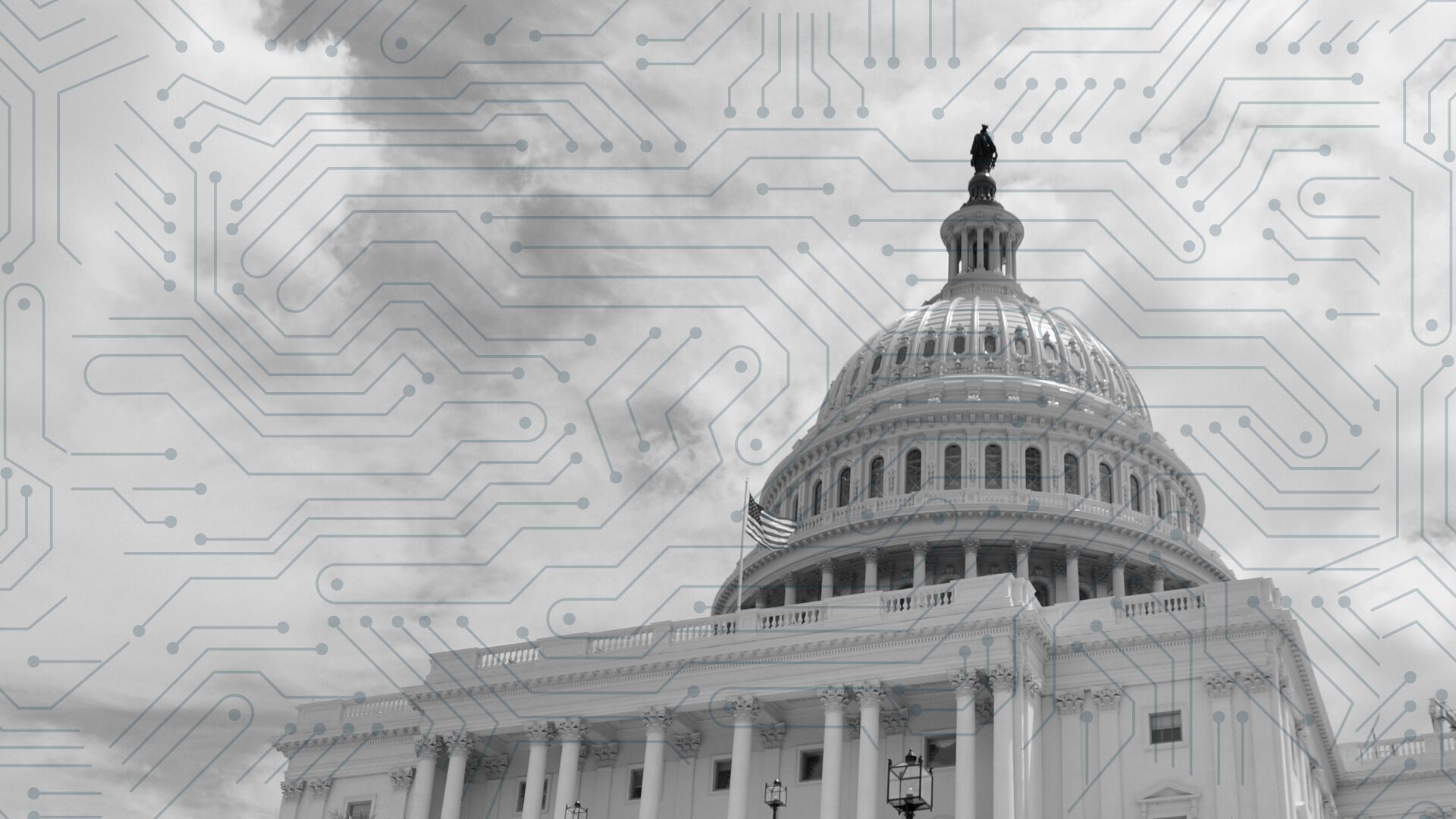
POLICY INSIGHT
Understanding School Boards Guide
What is a School Board?
Each state has its own board of education that serves as the governing body of the education of the state. Most establish graduation requirements, determine qualifications and standards of accreditation for education personnel and districts, and establish accountability and assessment programs. Members are either elected or appointed, depending on the state.
Each school district also has a school board or board of education to serve as the governing body of a school district, responsible for the education of a community’s students. School boards take the lead in identifying the educational needs of the community and using that information to determine goals and policies. As at the state level, community members are either elected or appointed to serve as representatives. School boards generally convene in monthly meetings that are open to the public, where parents and other community members can attend to ask questions.
Specifically, local school boards:
- Set standards for school performance and establish goals and visions;
- Hire and evaluate district superintendents;
- Determine spending priorities and approve budgets;
- Approve curriculum materials;
- Adopt the annual calendar;
- Work with school and district leaders on schedules, bus times and routes, supplies, safety precautions, disciplinary measures, school resources, and facility construction projects.
WHY IT MATTERS
Nationwide, over 90,000 school board members control $600 billion annually and oversee the education of 50 million students, although this varies widely by state. Florida serves 2.8 million students in 69 districts, while Illinois serves 2 million students in 853 districts. Students’ education largely depends on the decisions and the policies they set.
School boards represent “the community’s voice in public education, providing citizen governance and knowledge of the community’s resources and needs.” Understanding the role of school boards is important to knowing which decisions school boards have authority to make and which are the jurisdiction of schools or administrators. Through this understanding, school board members can be held accountable to their communities.
Questions to Ask Yourself
- What needle do you want to move in regards to education in your community – something related to spending, curriculum, facilities improvement, student performance, teacher evaluation, or something else?
- What’s your background/experience? What are your skills?
- Have you updated your LinkedIn profile recently?
- How much time do you have to give?
Where to Start
Measure: Gather data about schools in your community or state, such as:
- Teacher and administrator salaries;
- School performance, relative to the state and the nation;
- Information on your school curriculum and resources to consider making changes;
- The number of school districts and students in your state;
- District budget information.
Identify:
- Who is on your local school board?
- Who are members of PTAs or PTOs?
- Who is the superintendent of your school district?
Reach Out: Find allies and build community networks.
- Talk to families, teachers, and community members to see their visions and understand their concerns.
- Find out about parent task forces or committees that advise the school board.
- Meet the leaders of your parent-teacher organization (PTA or PTO).
Plan: Set milestones.
- When do school board meetings take place?
- When are school board elections?
Execute: Take action.
- Plan to write an opinion piece in your local paper or share remarks at a school board meeting.
- Explore DefendingEd’s resources for how to take steps to be more involved in your school district’s curriculum.
- Meet the candidates for school board, or consider running yourself. Think about why you would run, and how you would make a difference.
- Consider filling out Ballotpedia’s candidate survey.
Additional Resources
- The National School Boards Association offers training and other services to school board members to help with policy writing, legal matters, insurance, and superintendent searches, as well as training on governance and policy in states that require training for school board members.
- Search school board elections by state.
- Investigate women’s representation statistics, from Center for Women in American Politics.
- Search for elected office positions, from Run for Office.
- Take Action and Influence Policy, from The Policy Circle.
Newest Policy Circle Briefs


Why Tech Policy Matters Now

AI in Education: Boosting Literacy, Choice, and Career Paths

AI and Government Transparency
About the policy Circle
The Policy Circle is a nonpartisan, national 501(c)(3) that informs, equips, and connects women to be more impactful citizens.